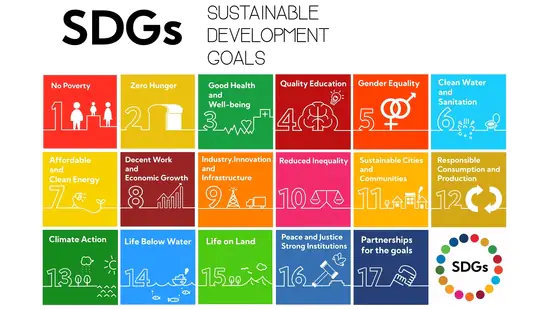In a world which is constantly attempting to grapple with the pandemic-led setbacks to gender parity along most fronts, corporates across the world are fast emerging as potential conduits of change. A fresh break from past trends, over 23 companies in the Global 500 in 2021 had women in top leadership positions. While the number may seem unimpressive at first glance, one must view it in light of the disruptions caused in global female labour force participation indices over the past two years.
A trend which finds its roots in the early 2010s has received new impetus in the post-pandemic times. Global corporates have now actively begun to recognise the unique values introduced by women in both cubicles and boardrooms, be it improving organisational performance or individually achieving high work outcomes. An ILO report from 2019 has revealed that businesses have seen massive improvements on the lines of creativity, innovation, openness, reputability and ability to gauge customer sentiment with increased women participation. The report also showed a positive correlation between higher levels of GDP growth and a rise in female employment at national levels.























